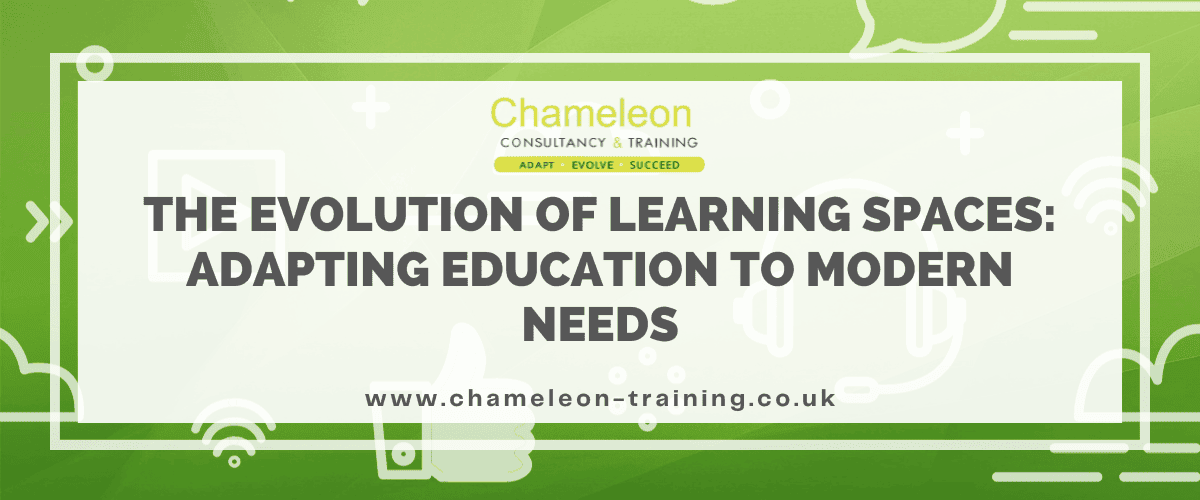In today's rapidly changing educational landscape, the design and structure of learning spaces have become as crucial as the curriculum itself. These spaces have evolved significantly over the years, shifting from conventional classroom layouts to dynamic, multifunctional environments that cater to the diverse needs of contemporary education.
The Shift from Traditional Classrooms
Traditionally, schools featured rows of desks facing the front, creating a rigid setup where teachers held the primary focus. However, today's educational spaces have broken away from this model. Schools now embrace open-plan designs, modular furniture, and adaptable layouts to foster collaborative learning. They encourage teamwork, discussion, and interactive learning experiences, allowing students to engage actively with the material and each other.
Technology Integration
One of the most significant advancements in modern learning spaces is the integration of technology. Smartboards, tablets, and online resources are now commonplace, revolutionising how lessons are taught. Digital tools promote interactive learning, enabling students to explore subjects through immersive experiences. Moreover, digital connectivity has allowed for virtual classrooms and remote learning opportunities, offering flexibility in the educational process.
Flexible Learning Environments
Flexibility is key in modern learning spaces. Schools recognize that students have different learning styles and needs. As such, classrooms now offer adaptable arrangements, movable furniture, and breakout areas. These flexible spaces cater to various learning modalities, allowing for collaborative group work, independent study, or even relaxation, empowering students to take control of their learning journey.
Adapting to Student-Centric Learning
Learning spaces now revolve around student needs. The focus has shifted from a teacher-centric approach to a student-centric one, emphasising student engagement and empowerment. By offering comfortable, inclusive, and technology-rich environments, institutions aim to cultivate curiosity, critical thinking, and creativity among students.
Future Prospects:
The evolution of learning spaces is an ongoing process. As technology continues to advance and educational methodologies evolve, the design and functionality of learning environments will adapt further. The future may see more emphasis on augmented reality, personalised learning spaces, and eco-friendly designs, all aimed at providing an enriching educational experience.
The evolution of learning spaces parallels the transformation in teaching and learning practices. By embracing innovative designs and adaptable environments, educational institutions equip students with the skills needed to thrive in an ever-changing world that values adaptability, collaboration, and lifelong learning.

